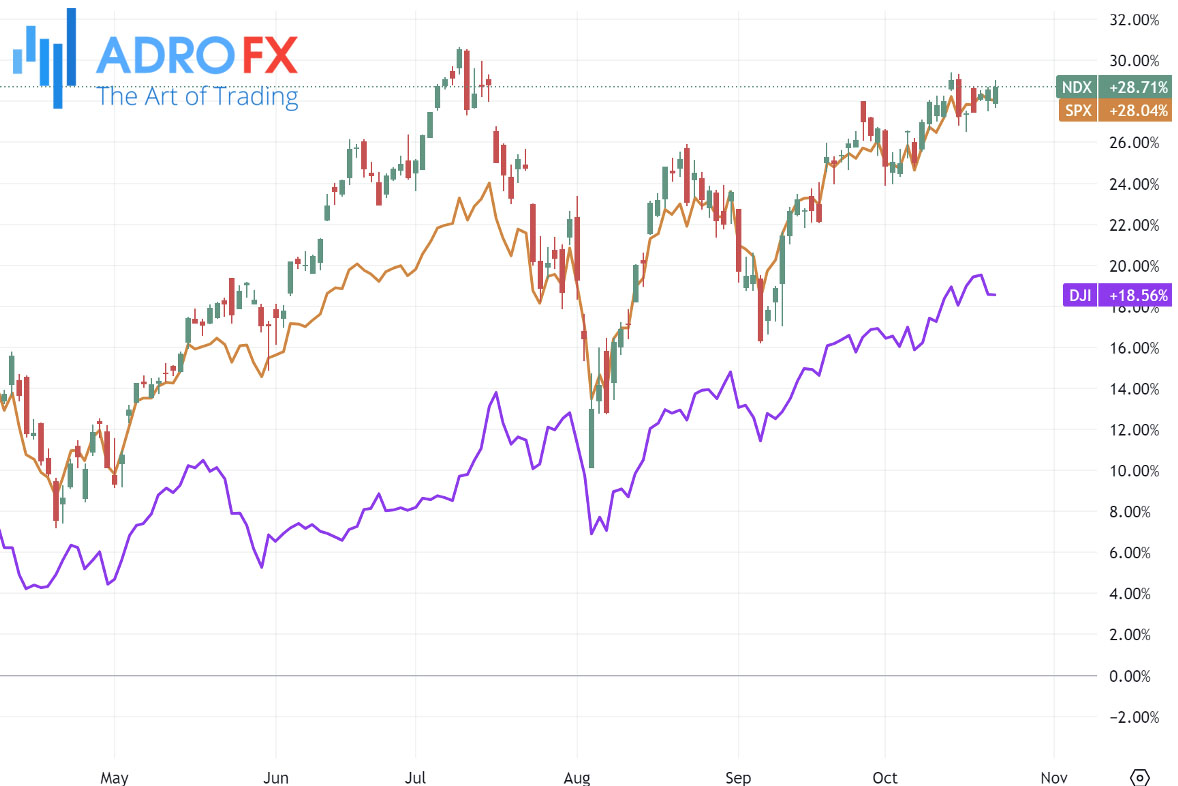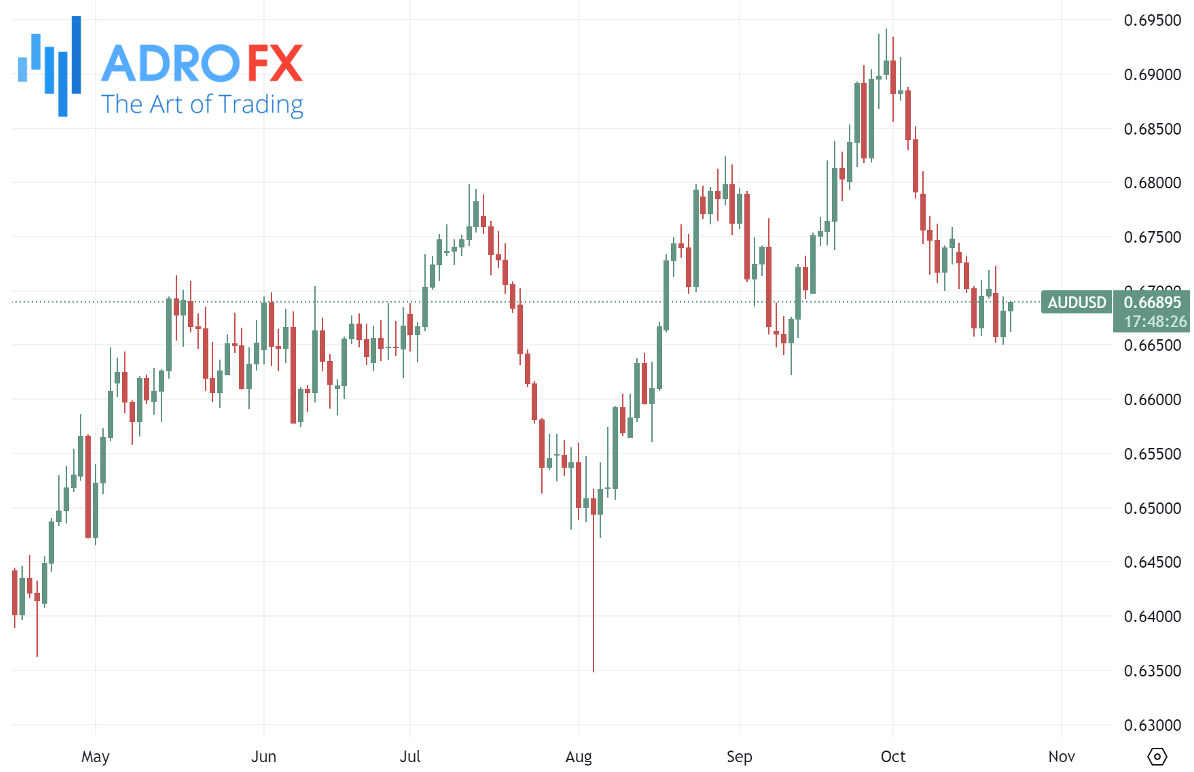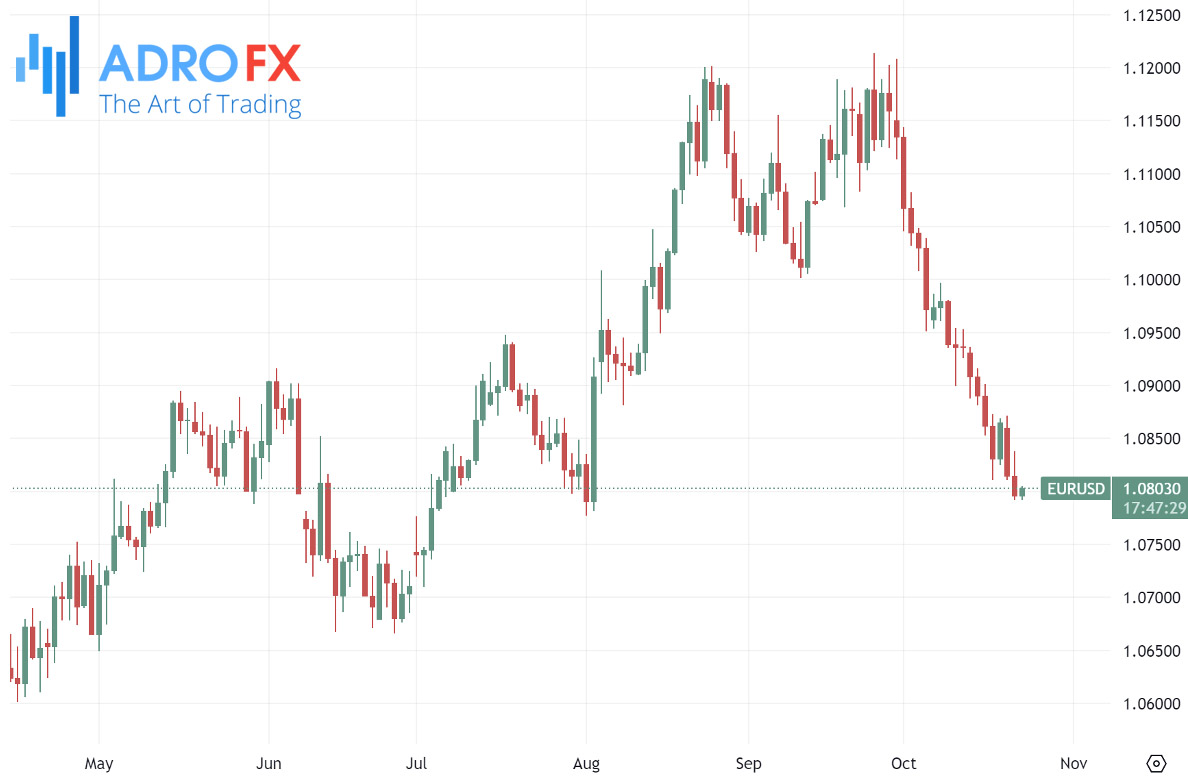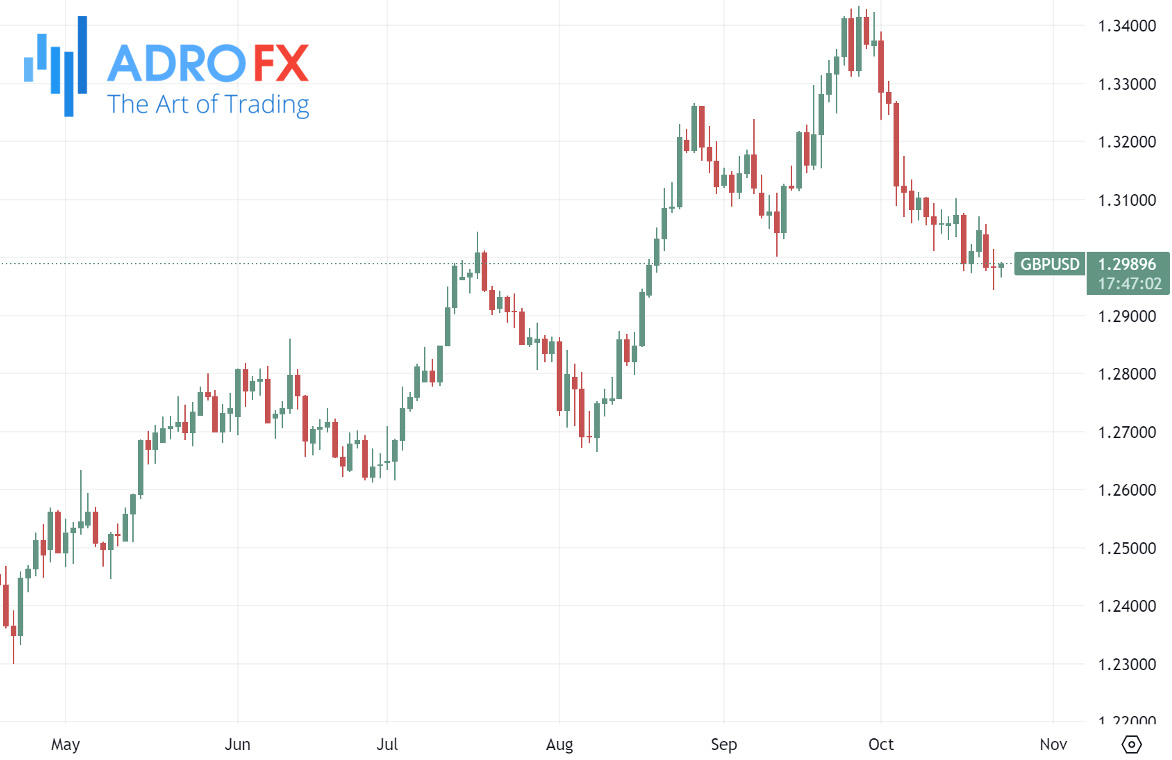Market Sentiment Wavers Amid Rising Treasury Yields and Anticipation of Key Earnings Reports | Daily Market Analysis

Key events:
- Canada - BoC Interest Rate Decision
- USA - Existing Home Sales (Sep)
- USA - Crude Oil Inventories
The S&P 500 closed slightly lower on Tuesday, trimming most of its earlier losses as investors assessed the impact of rising Treasury yields and a mixed batch of corporate earnings reports. The session saw the Dow Jones Industrial Average inch down 7 points, or 0.02%, while the S&P 500 dipped 0.04%, and the NASDAQ Composite gained 0.2%. These movements reflect the uncertainty in the market as traders await clearer signs on both earnings performance and economic trends.

One of the biggest events this week will be Tesla's earnings report, scheduled for release on Wednesday. As one of the most influential companies in the electric vehicle sector, Tesla's performance will be closely watched, especially considering the increased volatility in the stock market. In addition to Tesla, other major corporations such as AT&T, International Business Machines, Bank of America, and Coca-Cola are set to release earnings reports on Wednesday, which could provide further insight into the broader market trajectory.
In currency markets, the Australian Dollar struggled to maintain its gains from the previous session on Wednesday. The AUD/USD pair faced selling pressure as the US Dollar strengthened on the back of higher Treasury yields. Market risk sentiment was further dampened by increasing concerns over the potential reelection of Donald Trump, which some traders believe could bring renewed uncertainty to US fiscal policies. This scenario added to the selling pressure on US Treasury bonds, further pushing yields higher.

However, the downside for the Australian Dollar may be cushioned by hawkish sentiment surrounding the Reserve Bank of Australia. The RBA has been supported by strong employment data, and China's recent rate cuts have provided additional support for the Aussie Dollar. As China's largest trading partner, Australia benefits from favorable trade relations with the Asian economic giant, particularly when China’s policies aim to stimulate its economy.
Meanwhile, the USD/CAD pair moved sideways during Wednesday's Asian session, trading near 1.3820 as market participants await the Bank of Canada’s interest rate decision. Expectations point toward a significant 50-basis-point rate cut, which would mark the third consecutive rate reduction. A more aggressive rate cut has been on the table due to easing inflationary pressures, a decline in labor market growth, and weaker household spending. Inflation in Canada has slowed significantly, with September's consumer inflation falling to 1.6%, the lowest in over three years, marking the second month that inflation has remained within the BoC's 2% target range.

In a statement, TD Securities shared its outlook, "We expect the Bank of Canada to cut rates by 25 basis points to 4.00% in October, as we do not believe that larger cuts are necessary to maintain the 2% inflation target. Additionally, we do not anticipate that market pricing will heavily influence the Bank’s decision-making process."
Despite the anticipated rate cut, the downside risk for the Canadian Dollar may be limited due to rising crude oil prices, as Canada is the largest exporter of oil to the United States. West Texas Intermediate (WTI) oil prices continued to rally, marking their third consecutive session of gains, with prices hovering around $71.40 per barrel at the time of writing.
On the EUR/USD front, the pair edged lower on Tuesday, slipping another 0.16% as it approached a critical technical level. If this floor is broken, the Euro could be set for fresh 16-week lows. European Central Bank President Christine Lagarde made several public appearances on Tuesday, but her remarks, which ranged from measured to largely unremarkable, failed to provide the markets with any significant direction. Lagarde commented that the ECB “is not unhappy with what it has seen” regarding inflation but cautioned that it’s too early to conclude that the inflation target has been fully achieved. Her statements left market participants with little forward guidance, contributing to the Euro’s weakness against the US Dollar.

Looking ahead, markets will closely monitor global Purchasing Managers' Index (PMI) figures, which are due to be released on Thursday. In Europe, expectations are for a slight uptick in the October EU Services PMI, with forecasts calling for a rise to 51.6 from September’s 51.4. This release could provide some support for the Euro if it meets or exceeds expectations.
The British Pound held steady on Tuesday, testing key support near the 1.3000 mark. During intraday trading, the GBP/USD pair reached a fresh nine-week low, but failed to sustain a move above 1.3000. This kept near-term momentum subdued, with the pair hovering in a midrange just below the critical psychological level.

Bank of England Governor Andrew Bailey made the first of four scheduled appearances this week, sticking largely to the central bank’s recent messaging. Bailey did acknowledge some regret over the BoE's earlier complacency regarding financial stability risks but refrained from offering any new insights into future policy moves. With three more scheduled appearances from Bailey this week, traders will be keen to see if his remarks offer any additional clues about the BoE’s next steps. Additionally, the UK’s upcoming PMI data, expected on Thursday, will be a key focal point. Market consensus is for a slight decline in UK economic activity, with October’s Services PMI expected to ease to 52.2 from 52.4 in the previous month.









